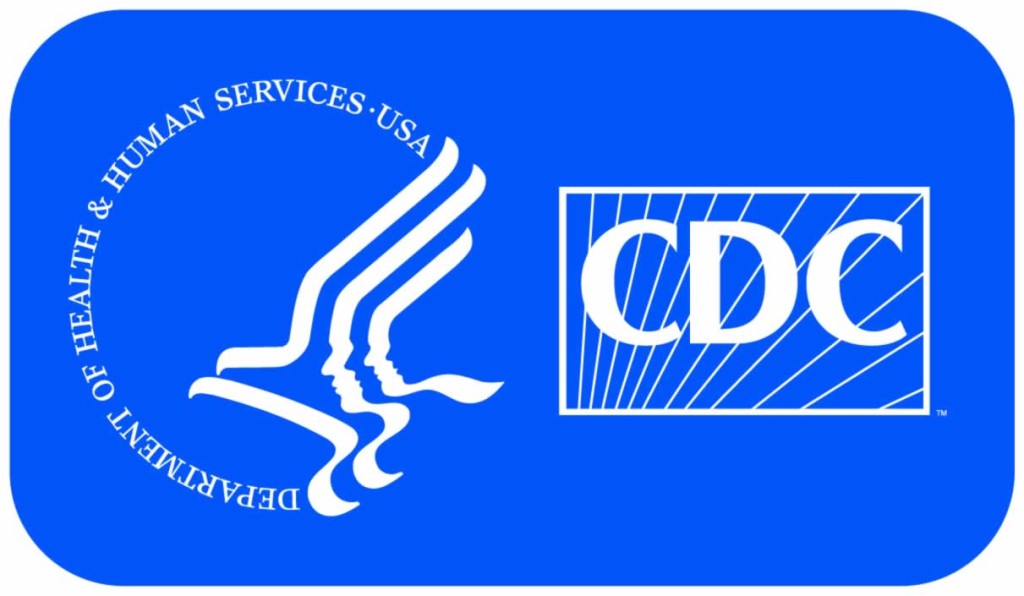Eligible singles may soon want to be asking, “Do you have an incurable disease?”
That’s an increasingly valid question, given new STD data released by the Centers for Disease Control and Prevention.
 The Times Union reports:
The Times Union reports:
In the United States, 20 million cases of new sexually transmitted infections occur every year from just eight viruses and bacteria, according to the CDC. What’s worse is that, because many people don’t realize they’re infected, the number of existing infections in the U.S. at any given time is much greater — about 110 million, the CDC estimates.
Eight of the 11 states with the highest rates of chlamydia, gonorrhea and syphilis cases were in the Southeast.
“Fifty percent of new infections occurs in young people, 15-24, despite the fact that this group represents only a quarter of people who have had sex,” the paper reports.
According to a CDC release, nationally from 2012 to 2013:
- Chlamydia cases decreased 1.5% to 446.6 per 100,000 people.
- Gonorrhea cases decreased 0.6% to 106.1 per 100,000 people.
- Syphilis cases increased 10% to 5.5 per every 100,000 people.
The agency reports there was also a 4% increase in live birth syphilis cases to 8.7 per 100,000.
“The highest rates of chlamydia, gonorrhea and syphilis were among African American men and women ages 20-24,” according to the National Coalition for STD Directors.
The group ranks the highest concentrations by state:
- Chlamydia: Alaska, Mississippi, Louisiana, South Carolina, Alabama
- Gonorrhea: Louisiana, Mississippi, Alabama, North Carolina, South Carolina
- Syphilis: Louisiana, Maryland, Georgia, Illinois, Florida
According to the CDC, STDs account for almost $16 billion in health care costs.
Leave a Comment
COMMENTS POLICY: We have no tolerance for messages of violence, racism, vulgarity, obscenity or other such discourteous behavior. Thank you for contributing to a respectful and useful online dialogue.